I love clothes. You wouldn’t think so if you were to meet me in real life. I don’t have a closet (or closets!) overflowing with garments. I tend to live in simple clothes that are easy to wear and maintain and go with my New Hampshire semi-rural outdoor lifestyle.
In other words, I’m walking trails with my dog Rocky versus attending gala functions. But, I still love getting dressed up in a beautiful dress and fine shoes.
My love of clothes goes back to high school, when I poured through fashion magazines (Glamour being my favorite). My secret dream was to be a buyer for an upscale department store.
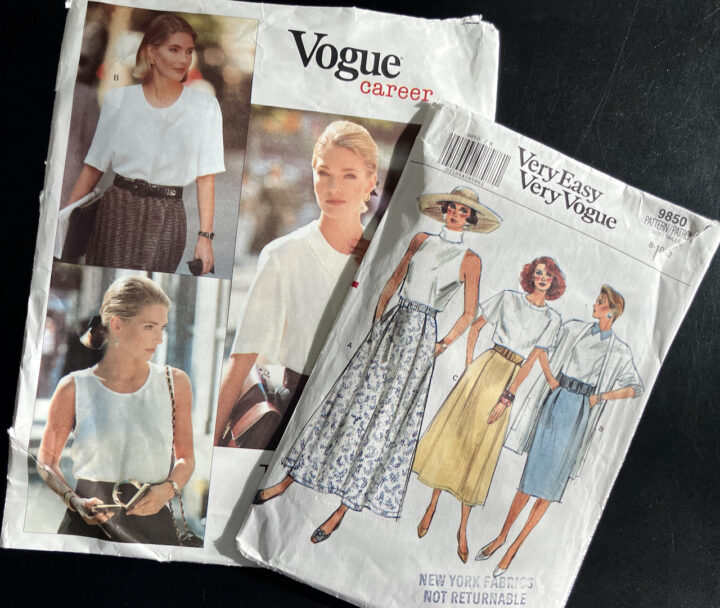
My love went to a whole new level when I took Home Economics and learned how to sew: suddenly, I could buy Vogue or other designer patterns and make my own — which I did for well over 15 years.
Due to making my own clothes, I learned about fabric and construction. When I went clothes shopping, I immediately knew which items on the rack offered real value because of how they were made — versus the name or price on the tag.
After I had my son, I switched from sewing clothes for myself to making his Halloween costumes. As he grew older, my sewing stopped. Life was super busy with work deadlines, his school activities, and other stuff.
At one point, I had my sewing machine serviced, thinking I’d pick it up again. Since then, I’ve made a bedskirt and curtains for my house. But no clothes.
These days, the main reason I don’t own more clothes than I do is because it’s very hard to find things made in the U.S.
Enter the world of Sara Campbell
I found Sara Campbell through sheer happenstance. Candy O’Terry, Boston radio personality and producer / host of The Stories Behind Her Success podcast, announced earlier in the year she had breast cancer.
Because her mother had died of it, O’Terry wanted to make her fight a positive experience. For her interview with Pink Chair Storytellers, she wore this fabulous pink dress; reading the write up, my eye caught the styling notes where “Dress by Sara Campbell” was listed.
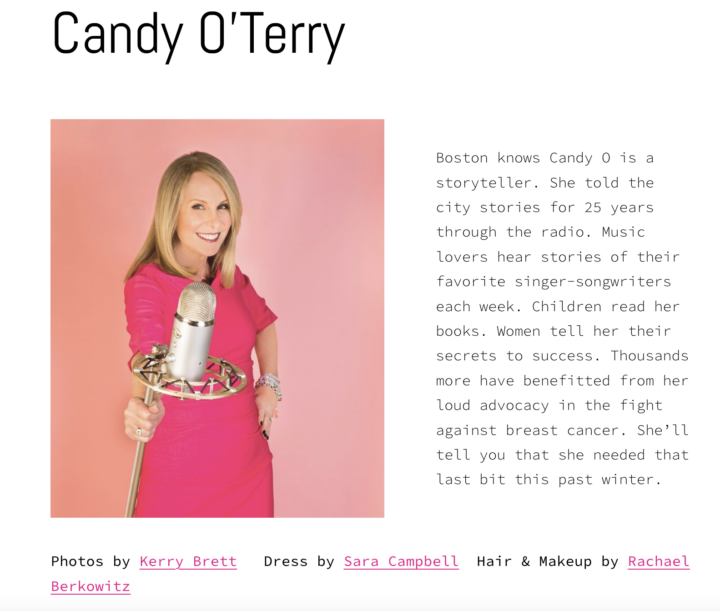
I clicked through and oh my gosh, it was like landing in Oz — a website full of beautiful made in USA clothing for women. I spent days scrolling through dresses and drooling over the colors and patterns. All I wanted to say was, “Yes please!” 😍
A native of La Jolla, CA, Sara Campbell grew up designing and making dresses for dolls. She came to Boston for graduate school and stayed. She launched her company, Sara Campbell, Ltd. in 1985 and sold her clothing under private label to companies such as Talbots.
In 2008, she launched her first pop-up boutique in Wellesley, MA after watching her private label customers move garment production off-shore; revenue plummeted from $20M to $7M. She also weathered the “the collapse of New England’s last bastion of garment production in Fall River, Mass,” according to a 2007 Women’s Wear Daily piece.
But she didn’t give up. Today, she and her partner, Peter Wheeler, oversee 21 Sara Campbell retail locations in New England, Georgia, Florida, North and South Carolina, and Illinois, plus the e-commerce business.
What I learned very quickly is that her garment lines change constantly — and this is because she designs 10 collections a year! All garments, with the exception of knitwear, are made in mills and factories in New York, New Jersey, and Massachusetts.
Knitwear & sweaters: Made in China
After ordering my first sleeveless blouse in mid-summer, and marveling at the fit and construction, I then ordered a sweater that was on sale — because I couldn’t believe I had finally found a company that made knitwear in the United States.
When the garment arrived, and I saw the “Made in China” tag, I had a bit of a meltdown and contacted the company immediately. Within hours, I received a personal email from Sara Campbell herself apologizing.
The e-comm team had used the wrong page template — which should have stated the sweater wasn’t made here.
Ms. Campbell explained U.S. knitwear manufacturers are almost extinct — as are the textile mills. So, her knitwear is made in China, but she’s upfront about it on the website.
I totally get it. My stance is, while I’d prefer if my sweaters were made here, I’d rather support a local, woman-owned company that’s doing its best to keep jobs here versus buying from a large faceless conglomerate that doesn’t care.
Offshoring began in the 1970s
In the early 20th-century, the garment industry employed thousands of people: designers, cut and sew facilities, buyers, and of course, all the people (mostly women) who worked in the department stores where clothing was sold.
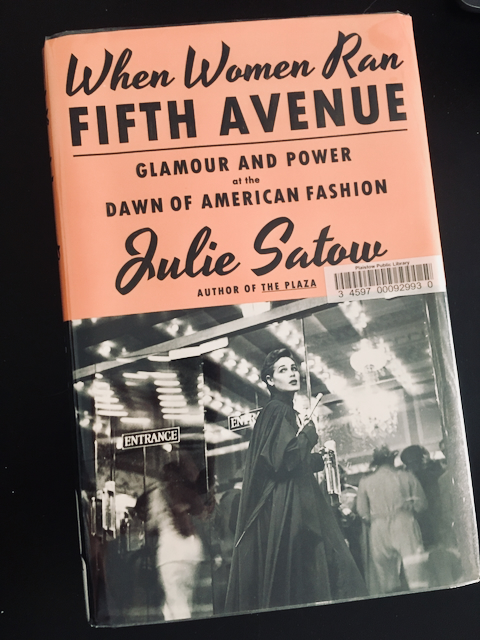
Beginning in the 1970s, brands began moving production to China and elsewhere to lower costs and build profits.
Today, roughly 3% of apparel is made here in the U.S.
While I fully support the companies that do manufacture here, I don’t like much of what’s available. It’s very hard to find well-constructed, tailored clothing that fits properly. Many women’s garments are loosely fitted in order to fit more body types; nothing is lined anymore, and sizing is a bear to get right — especially with pants.
And of course, we’re all shopping online now, which makes garment selection even more difficult. We also have “fast fashion,” or very cheap clothing, flooding the United States — and our landfills. In 2013, Stephanie Vatz for KQED (Northern CA PBS) posted these startling stats:
“In 1960, an average American household spent over 10 percent of its income on clothing and shoes – equivalent to roughly $4,000 today. The average person bought fewer than 25 garments each year. And about 95 percent of those clothes were made in the United States.
“Today, the average American household spends less than 3.5 percent of its budget on clothing and shoes – under $1,800. Yet, we buy more clothing than ever before: nearly 20 billion garments a year, close to 70 pieces of clothing per person, or more than one clothing purchase per week.”
Companies such as J.C. Penny used to make their own clothing lines (in fact, I grew up wearing their garments). As a teen, I’d take the bus from Alameda, CA to downtown Oakland because that’s where the higher-end department stores were located, such as The Emporium, and I. Magnin — along with this funky shop called The Gap, which sold Levi’s jeans.
According to Vatz, by the mid-1980s, J.C. Penny, The Gap, J. Crew and others were outsourcing garment manufacturing — due to the emergence of large textile mills in China and Latin American countries. These mills could churn out huge volumes of garments at much lower cost.
Of course, American textile manufacturers couldn’t compete. States Vatz, “between 1990 and 2011, about 750,000 apparel manufacturing jobs in the U.S. disappeared.”
That’s a lot of jobs — not including the supporting supply chains that also went out of business.
Beautiful clothes can change your life
In late November, I paid a visit to the Concord, MA Sara Campbell store. As soon as I stepped in, I was transported back to pre-pandemic days, when shopping at small boutiques was an absolute joy.
While e-commerce has its advantages, nothing beats in-person boutique shopping. I met store manager Pat Clarke, who told me a little more about the company and helped me choose a sweater, scarf, and some fun earrings. She special ordered pants from another location that were sold out in my size online and showed me a new way to tie my scarf. (I love scarves!)
I left the store feeling happy and carrying a branded Sara Campbell shopping tote with my items tucked in. Between that visit and Thanksgiving, my pants arrived — I tried them on immediately and was thrilled to see they fit perfectly! No alterations or hemming required. I was in heaven!
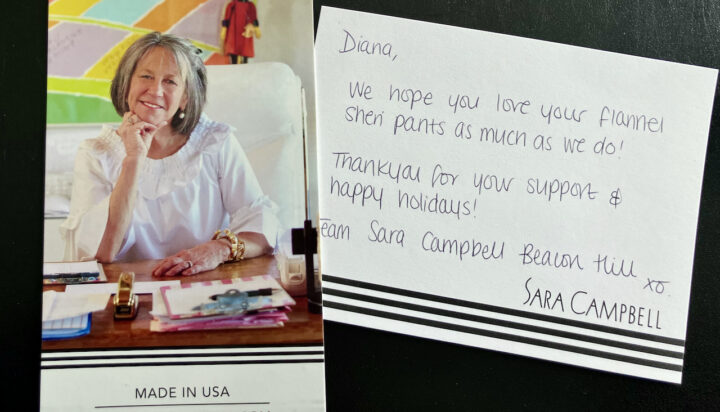
During the Cyber Monday sale, I ordered two more pair — which arrived a few days later with a handwritten notecard.
After the new pants arrived, I found myself putting together outfits — something I hadn’t done in several years. I pulled scarves out of hibernation and took them in for cleaning; old stuff went to the “take to Savers” pile.
I even rejoined two professional organizations whose membership I had let lapse. I had stopped attending events because I didn’t have the right clothes. Now I do, so no excuses! It feels good to make these positive changes.
Sara Campbell: Commitment to Made in USA
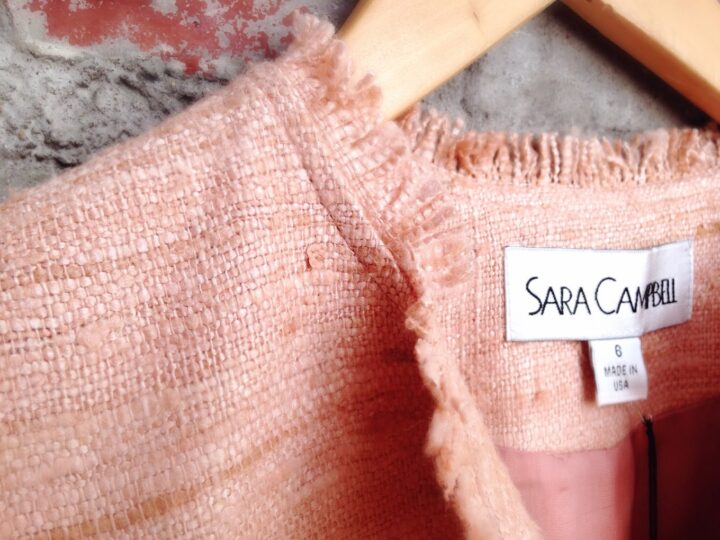
After doing research on the company, I learned Sara Campbell has a devoted following — and I can see why. The personal service is amazing. I read that women also love her classic designs, bold colors, and the collections ranging from casual to evening wear.
As for myself, I personally love the quality and construction of her garments — the little details she uses remind me of when I used to sew my own clothes. I now own a half dozen of her pieces. They look good and feel good on me.
High-quality, well-made clothing is a luxury these days — but it’s a luxury I’m willing to pay for because I feel so good when I wear it. I think we all need a little uplifting and pampering post-pandemic, truth be told.
But more importantly, at least to me, is Sara Campbell’s philosophy. “Being made in the USA is about quality control, being quick-to-market, creating jobs, and paying the right wages for people’s work,” she was quoted as saying in an interview for Boston Magazine.
The website copy goes on to state, “We believe in paramount quality, so we work closely with our mills and factories. We proudly support jobs in the USA, and when possible, support businesses in our home state of Massachusetts.
“We want your purchase to transcend time, in both style and durability. This is why we make our collection here, in the USA.”
She had me at “Made in USA,” but now that I know her philosophy about keeping jobs here in the US, she has me for life.
Get the Keep It Made USA newsletter.
Twice monthly; zero spam.
Links
saracampbell.com — The official Sara Campbell website (happy shopping!)
Sara Campbell Fashions Apparel and a Community — Boston Magazine
Sara Campbell Seeks to Raise Brands’ Profiles — Women’s Wear Daily
Why America Stopped Making Its Own Clothes — KQED / PBS
Pink Chair Storytellers — Candy O’Terry’s breast cancer story
Buying Tips: Women’s Apparel Made in USA — Keep It Made USA blog
Candy O’Terry’s interview of me — Stories Behind Her Success podcast
Full Disclosure
I’m not paid nor asked to write about products or the companies that make them. All links in this piece are FREE — meaning, they’re not sponsored or paid for. I buy products, use them, and if I like them, I tell everyone about them.
I do this because my mission is to keep manufacturing jobs stateside. This mission is my way of giving back. We like to think our “small” choices, such as buying clothes made by American workers, won’t make a difference. They do.

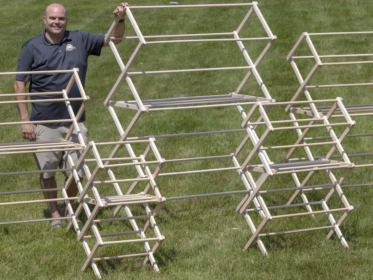
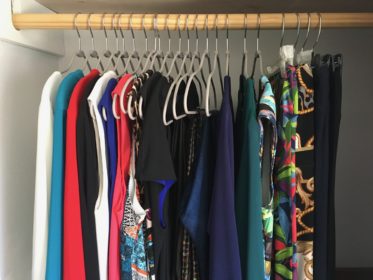
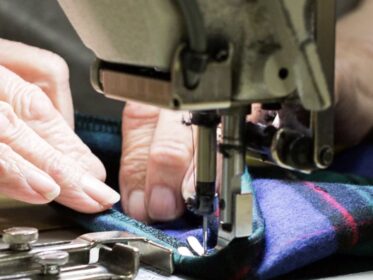
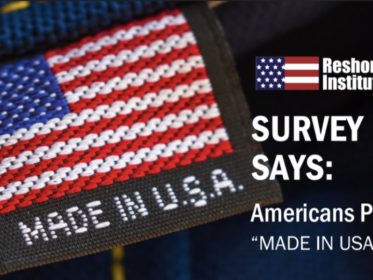
Nancy Ross Brewer
Interesting article, Dianna. Will be checking out Sara Campbell’s website. Thanks for sharing your passion for Made in USA with such great stories, from which I learn many interesting things.
“Hi” to Rocky!
Dianna Huff
Thank you, Nancy! Rocky sends “hi” back. 👋